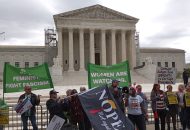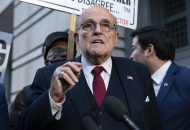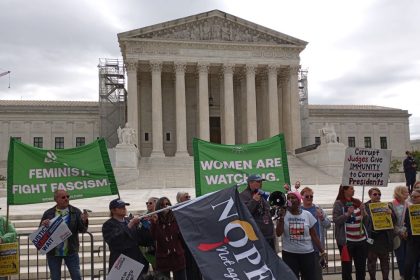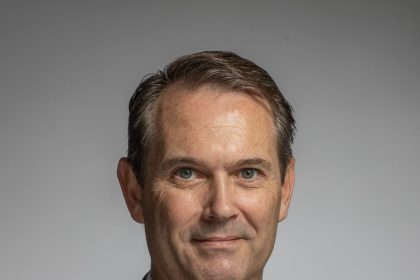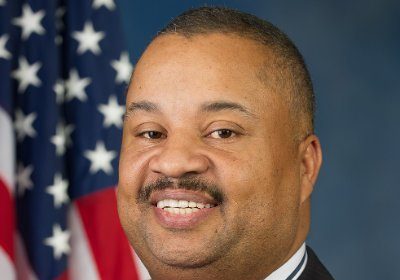Threats Against Congress Continues to Grow, Hill Panel Told
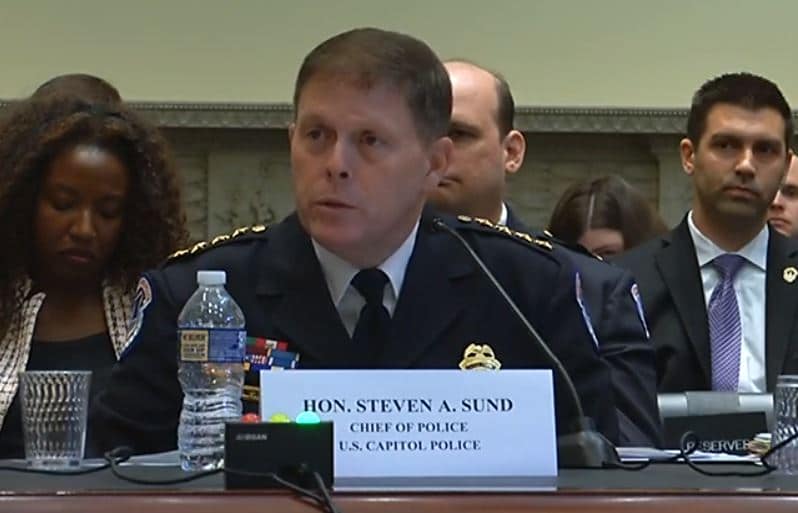
WASHINGTON — The number of threats made against members of Congress continues to grow, though most fall below the legal threshold of being considered an actual threat to cause bodily harm, a House panel was told Tuesday.
In his first appearance before lawmakers since he was appointed chief of the U.S. Capitol Police on June 13, Steve Sund told members of the House Administration Committee that the number of threat assessment cases the department opens continues to grow.
“For FY 2018, we had approximately 4,894 cases; So far this year, we have 2,502 cases. So we’re on par to probably break last year’s record,” Chief Sund said.
He made his comments in response to questioning from Representative Barry Loudermilk, R-Ga., one of three Republican members of the committee who were on a baseball field in the Simpson Stadium Park in Alexandria, Virginia in 2017, when a gunman opened fire on their practice for the annual congressional baseball game.
“We firsthand witnessed not only the aggression toward us — the shots being fired — but also the bravery by the Capitol Police officers,” Loudermilk said.
After Sund provided him with the raw number of threats, Loudermilk asked how many the chief considered credible.
“We evaluate every threat to see whether they fall within the legal framework of what is considered to be an actual threat to do bodily harm, and what I can tell you is that a much smaller number actually meet that threshold,” the chief said.
“They’re all still very concerning. They all require us to expend resources and evaluate, but it’s a much lower percentage of that [total number],” he continued. “I don’t have the exact percentage, but it’s a much lower percentage than the total number of assessment cases we receive.”
House Sergeant-at-Arms Paul Irving, who also testified before the committee, said since the attack on the baseball field, in which GOP House Majority Whip Steve Scalise was critically injured and several others hurt, the changes his office have made represent a paradigm shift from the past.
Historically, he said, there was “very little if any” inter-office collaboration on the assessment of a threat.
Today, Irving said, “we provide enhanced support to [the U.S. Capitol Police] in terms of security services and we liaise very heavily with local law enforcement in members’ districts for public events and so on.
“That enhanced level of support is something that was not previously done to the extent we’re doing it today,” he added.
Sund said the police department itself has evaluated many of its resources in the aftermath of the attack, “specifically when it comes to our tactical capabilities.”
“We worked to make them a little more agile and we’re deploying them more often to provide members with protection,” he continued. “Also, in reference to what Mr. Irving just said, we work very closely with the Sergeant at Arms in evaluating requests from members and to assess the need for additional protection at their events.”










